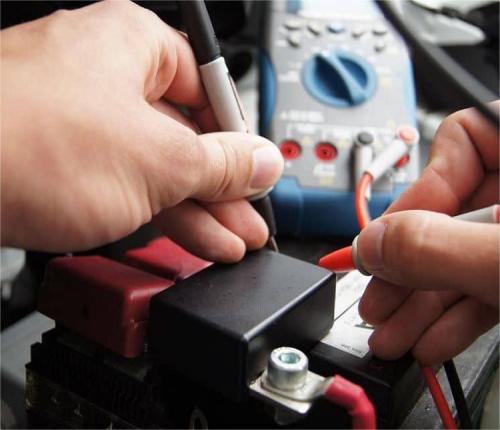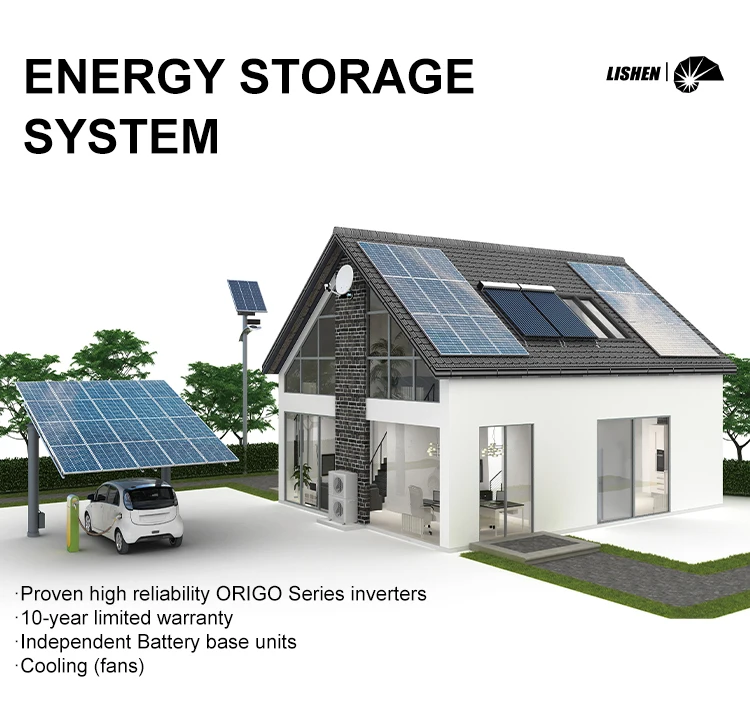Lithium-Ion Battery Care Guide
The battery pack is composed of multiple battery modules, and the battery management system (BMS) is added. It is the final product provided by the battery factory to the user. The design of the battery pack needs to consider the space requirements of the whole vehicle, the requirements of pure electric cruising range, select the appropriate battery cell form and capacity, and understand the working voltage range of other electrical appliances in the whole vehicle. The structural components of the battery pack include battery modules, electrical systems, thermal management systems, boxes and BMS.
Electrical system: It is composed of connecting copper bars, high-voltage wiring harnesses, low-voltage wiring harnesses and electrical guarantee devices. The high-voltage wiring harness is responsible for transmitting battery power to the end load, and the low-voltage wiring harness transmits detection signals and control signals in real time.
Thermal management system: There are mainly two ways: air cooling and liquid cooling. Liquid cooling can be divided into cold plate liquid cooling and immersion liquid cooling. Its function is to ensure that the battery works at a reasonable ambient temperature and improve the battery cycle life.
Box: It is composed of a box, a box cover, a metal bracket, a panel and fixing screws, which play a role in support, resistance to mechanical shock, mechanical vibration and environmental protection.
BMS (Battery Management System): Responsible for measuring battery parameters such as voltage, current and temperature. It also has functions such as balancing and can transmit data to MES.







